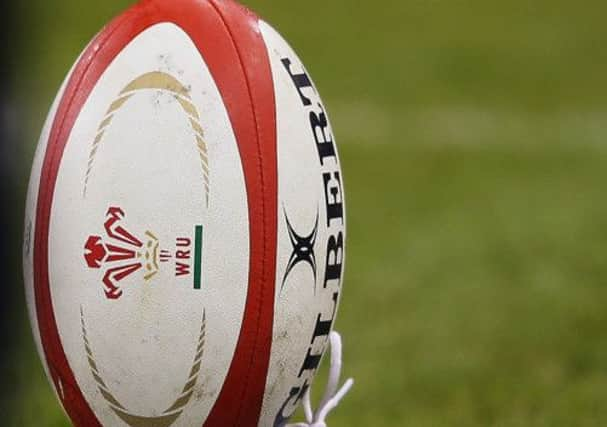Analysis: Training can reduce injuries on pitch


It’s a big school and every year group fields eight teams. The standard is sky high, the intensity is something to behold, and when his school play their nearest and bitterest rivals the crowd can swell beyond the 10,000 mark.
This is serious stuff and most of it is in stark contrast to Scotland, where a mere handful of schools are prepared to invest the necessary time, money and expertise to compete with the best. It seems that my alma mater Glenalmond College has just dropped out of the race.
Advertisement
Hide AdAdvertisement
Hide AdThe news that they had dropped some 1st XV fixtures was made with safety in mind and, whilst it is generally accepted that rugby can never be completely free of risk, one part of me acknowledges that it is difficult to criticise the school’s authorities for wanting to minimise the dangers. Another part of me wonders if there might have been another way to go about it?
One of the things that Junior’s Sydney school concentrates on is a properly supervised strength and conditioning programme for the best athletes. You wouldn’t send a child into a maths exam without a decent grasp of the twelve-times table, so why would you ask them to play one of the most physically demanding contact sports on Earth without giving them a grounding in strength and conditioning? If players are all properly conditioned then the risks involved in facing physically bigger opponents is minimised.
I accept that there is a valid debate to be held in every private school about whether to compete at the top end of the rugby pyramid or whether to simply make the sport available to pupils at a social level. But if parents are spending the thick end of £30,000 per annum on educating their offspring at a place like Glenalmond I am guessing that they expect excellence in the school’s core sports (rugby, hockey, cricket) just as they do in academia and the arts. If the top fee-paying schools are not about excellence, what are they about?